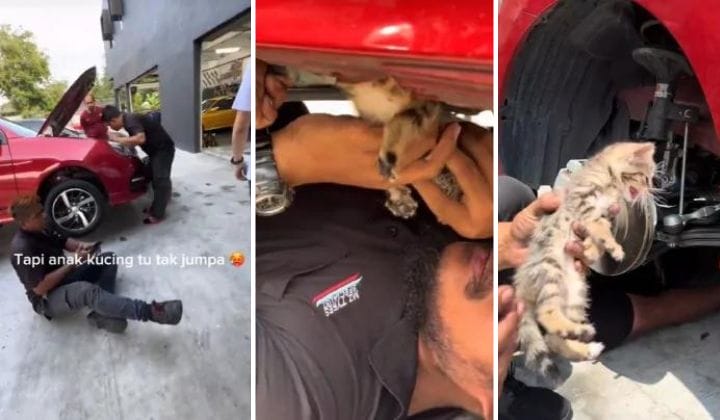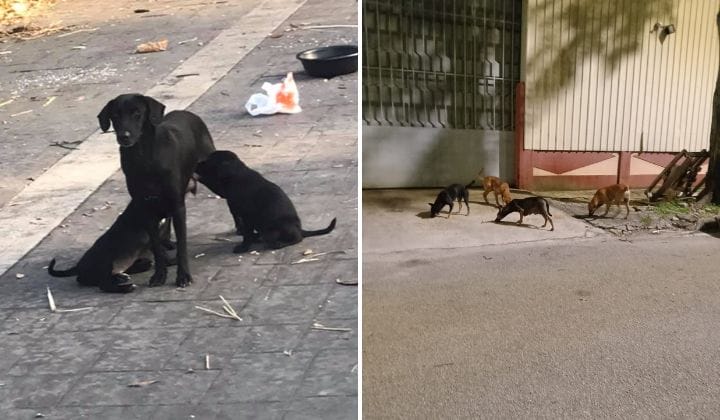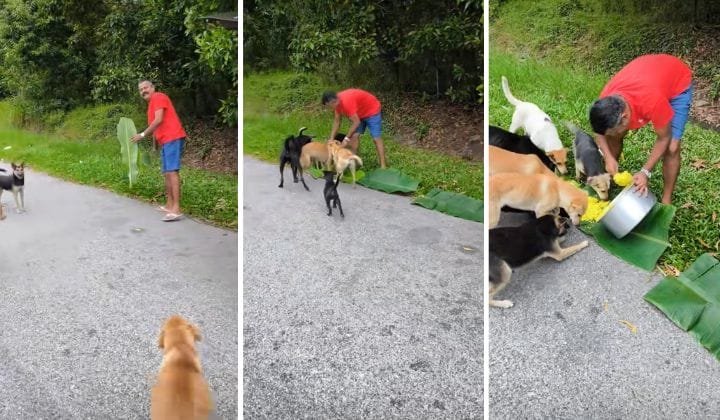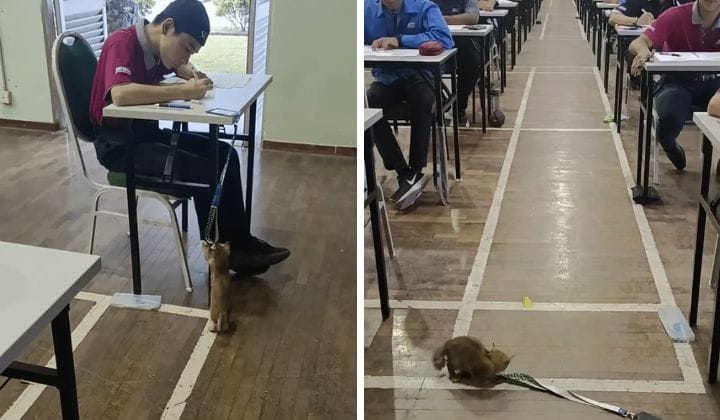Rescued A Cat/Dog In Malaysia? Here’s What To Do When You Save A Stray Animal

Subscribe to our Telegram channel for the latest stories and updates.
Humans simply cannot turn a blind eye (or ear) to animals in distress, whether it’s month-old kittens lost in car parks or dogs stuck in flooded drains.
But rescuing these animals is the easy part. What do you do after?
1. Initial assessment
The first thing to do is check for signs of ownership. Is this a stray or a lost pet? The easiest thing is to check for a collar, but there are other signs that point to a lost pet instead of a stray.
Certain signs of a comfortable home life as a housepet include: trimmed nails, a well-groomed coat that has been washed or styled, being comfortably round around the belly, an unusual fearlessness towards humans.
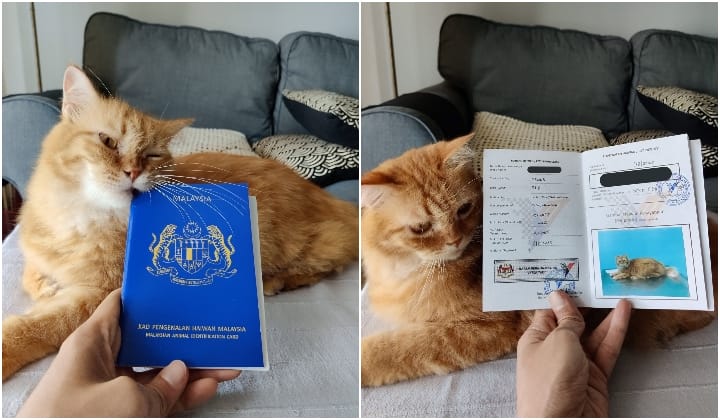
(Credit: Twitter)
Sometimes, a stray kitten or puppy may have their parents nearby the area you found them in. You can carry them around in search of the parents, but NEVER leave the babies alone to fend for themselves (because they can’t)!
2. Bring to a vet
Next, find some time to bring them to the closest vet to where you found the animal. Worried owners looking for their lost pets will notify the vets nearby their areas, so if the animal you picked up truly is a lost pet, then you can usually get in touch with their owners there.
If the animal is a stray, then obviously you would want to get them checked as well. Ask for information such as age and sex. You can also ask if the animal is old enough to eat solids. The vet can also check for ticks, fleas, mites, fungal infections, flus, and other kinds of sicknesses. Check if the animal will require deworming or vaccinations as well.
This sort of basic check-up isn’t too expensive and ranges within the RM30-RM100 mark, though it may be more if the animal needs medication too.
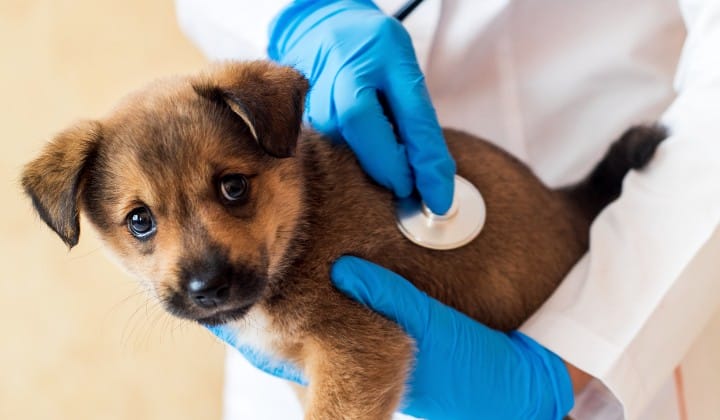
(Credit: Envato)
If the animal is an adult and you are sure that it’s not someone else’s pet, you can consider to have them neutered to prevent further unwanted strays. This can set you back anywhere from RM100-RM200, though certain vets sympathetic to rescues may give you a discount.
Not to worry, neutering tends to improve the quality of life for these animals with reduced risk of cancer and more balanced hormones resulting in a calmer disposition and reduced aggression.
3. Procure the neccesary items
Usually, it’s the kittens and puppies that end up needing to be rescued because they’ve wandered away from their parents and gotten stuck somewhere. Hence, more often than not you’d need to at least buy some age-appropriate food.
For younger kittens and puppies, they need to be fed milk. DO NOT FEED COW’S MILK as it can cause diarrhea (and they can literally poop themselves to death, which is traumatizing and messy for everyone involved).
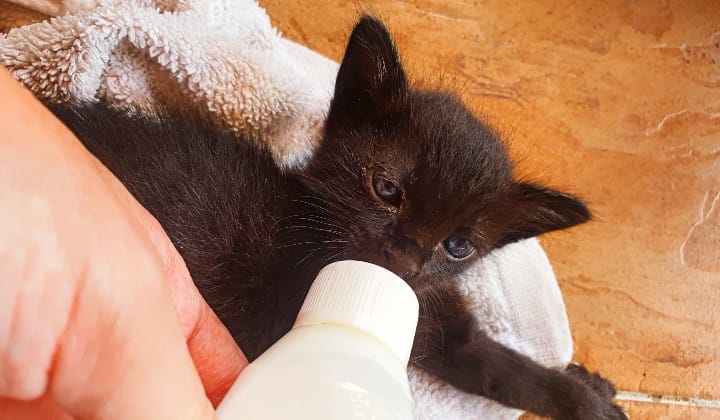
(Credit: Anne Dorall/TRP)
Instead, head over to the pet store to buy powdered milk suitable for kittens or puppies. You should also pick up a feeding bottle. Or, if the animal is a little older, pick up some wet food instead.
This should set you back around RM30-RM80, depending on what you buy.
4. Quarantine them!
If you have existing pets, they will not appreciate a sudden intruder in their vicinity. Plus, it’s safer to both your pets and the rescue that they stay separated for the time being to prevent spreading of illnesses or rising aggression.
If you have an outdoor area, you can put the rescue animal in a shelter outdoors, but make sure they are comfortably in the shade with plenty of water and food.
Otherwise, if you want to keep them indoors, you can temporarily separate them in a bathroom or store room. Giving them a quiet corner can help them feel protected and relaxed.
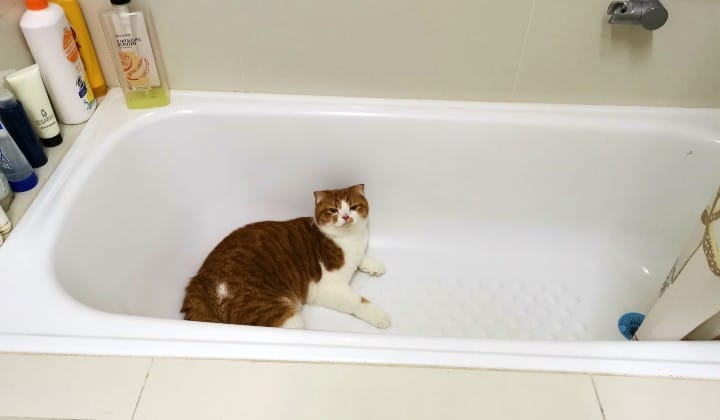
(Credit: Anne Dorall/TRP)
Check up on the rescue animal as often as you can, preferably at least once every few hours to feed them milk (if they are babies) and to check for pee or poo spots.
5. Share their story
For various reasons, many can’t keep the rescues that they find. You can definitely try to reach out to shelters such as SPCA or PAWS, but these pet shelters are often always at maximum capacity and likely can’t take in your rescue. (Still, you can always call them up beforehand to ask!)
Allergic Rescuers KL, an independent team of rescuers, gave us some tips in their Cat Adoption Guide on how to put your rescue up for adoption.
For starters, you’ll need to prepare to advertise your rescue:
- A vetted rescue that has been checked by a vet will garner more interest (because the hard work is already done).
- Take really cute photos and videos of your rescue. Imagine this as a dating profile for its best match. Show off your rescue’s gorgeous looks and playful personality! Make sure the images are well-lit and clear.
- Remember the information you got from the vet? Include details such as age, gender, vaccination status, spay/neuter status, other health issues/concerns. Be upfront and clear.
- Tell the story of how you found the rescue! Everyone loves a good story. (But don’t make stuff up.)
- You’ve had the chance to observe the rescue for a while. How are they behaving? Did they bounce back quickly? Are they playful and love cuddles? Do they have cute quirks? Personality is important to adopters too!
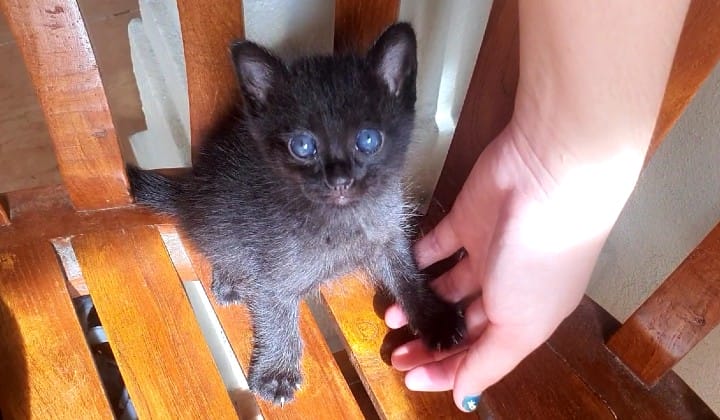
(Credit: Anne Dorall/TRP)
Once you have all this information, you can start to advertise the rescue. Here are some places you can post on:
- Facebook groups such as Ohana Paws n Claws, Pets for Adoptions (Malaysia), TNRM Malaysia, Kelab Kuching Malaysia, or community/residential groups of your location. Various rescue and shelter groups will also repost your rescue’s information if you ask nicely. Be sure to include information on how to contact you as well!
- Websites like Pet Finder Malaysia, where a “dating profile” is doubly important!
- Your own social media. Make sure to set the post as public.
- Ask your friends and family if they would like to adopt, or if they are willing to help spread the word.
6. Vet adopters
You’ve vetted the rescue, now it’s time to vet the adopters. You may come across some who seem interested in your rescue, especially if it has a special coat or colour, however not all adopters have the animals’ best interests at heart.
The easiest way to weed out “opportunistic” adopters is to first suggest an adoption fee of RM50. Irresponsible individuals who can’t even afford this would be unlikely to provide quality food or vet checks for the animal. Genuine adopters will happily pay it, though of course you can waive the fee at the end if you feel like it.
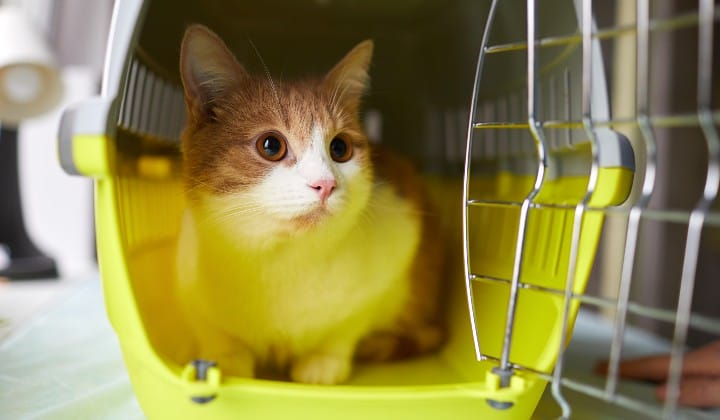
(Credit: Envato)
Ask the potential adopters questions such as whether or not they have taken care of pets before, what happened to their pets, and why they want to adopt your rescue.
Some unscrupulous individuals adopt rescues to be bred (irresponsible breeding will always increase the number of strays in Malaysia), some hoard animals, some feed young kittens or puppies to pet snakes!
7. Send your rescue off to a new loving home!
If the adopter and the rescue take well to each other, then pat yourself on the back for changing lives with just one kind action. You’ve taken an animal off the streets, cleaned them up, and put them in the arms of a loving family.

(Credit: Anne Dorall/TRP)
Well done, you!
Share your thoughts with us via TRP’s Facebook, Twitter, and Instagram.
Anne is an advocate of sustainable living and the circular economy, and has managed to mum-nag the team into using reusable containers to tapau food. She is also a proud parent of 4 cats and 1 rabbit.




